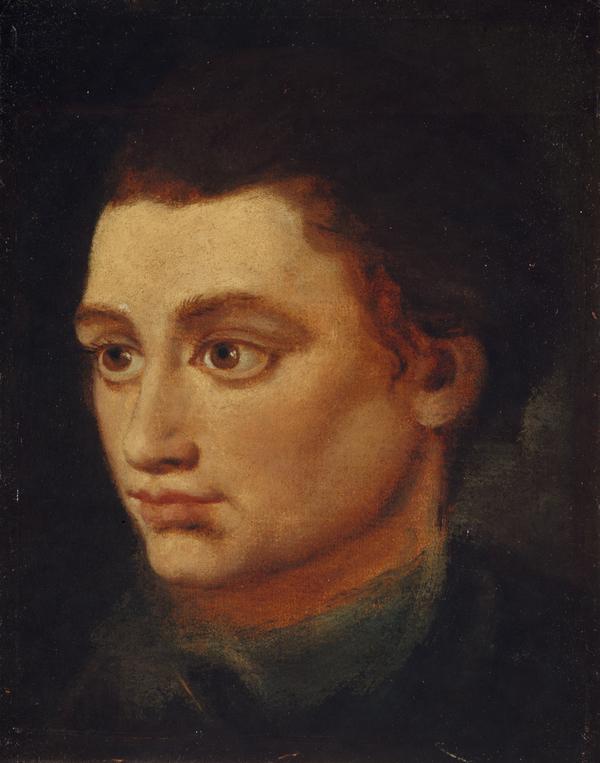About this artwork
This small portrait depicts Patrick Fraser Tytler, an Edinburgh-born historian whose epic ‘History of Scotland’ helped generate interest in Scottish historical studies in the early nineteenth-century. After studying law and classics at the University of Edinburgh, he practiced law until 1832. Meanwhile he published several biographies and in 1823 helped establish the Bannatyne Club for the publication of Scottish literature and historical texts. Its co-founder, Sir Walter Scott, proposed that Tytler should write a new history of Scotland. Tytler obliged and his ‘magnum opus’ was published in nine volumes between 1828 and 1843. Though it was certainly comprehensive, his work was criticised for its aristocratic and conservative bias.
Updated before 2020
-
artist:Sir John Watson Gordon (1788 - 1864) Scottish
-
title:Patrick Fraser Tytler, 1791 - 1849. Historian
-
date created:About 1825
-
materials:Oil on panel
-
measurements:20.60 x 16.40 cm
-
object type:
-
credit line:Purchased 1887
-
accession number:PG 187
-
gallery:
-
depicted:
-
subject:
-
artwork photographed by:Antonia Reeve
Sir John Watson Gordon
Sir John Watson Gordon
John Watson Gordon was training to become an army engineer when, encouraged by his uncle, the painter, George Watson, and Raeburn, who was a family friend, he decided to become an artist. His first works were subject pictures but, after Raeburn's death in 1823, he established himself as the leading portrait painter in Scotland. His style was at first closely based on Raeburn but was later more influenced by his admiration for Velázquez. In 1850 he was elected President of the Royal Scottish Academy, appointed Queen's Limner for Scotland and knighted.









